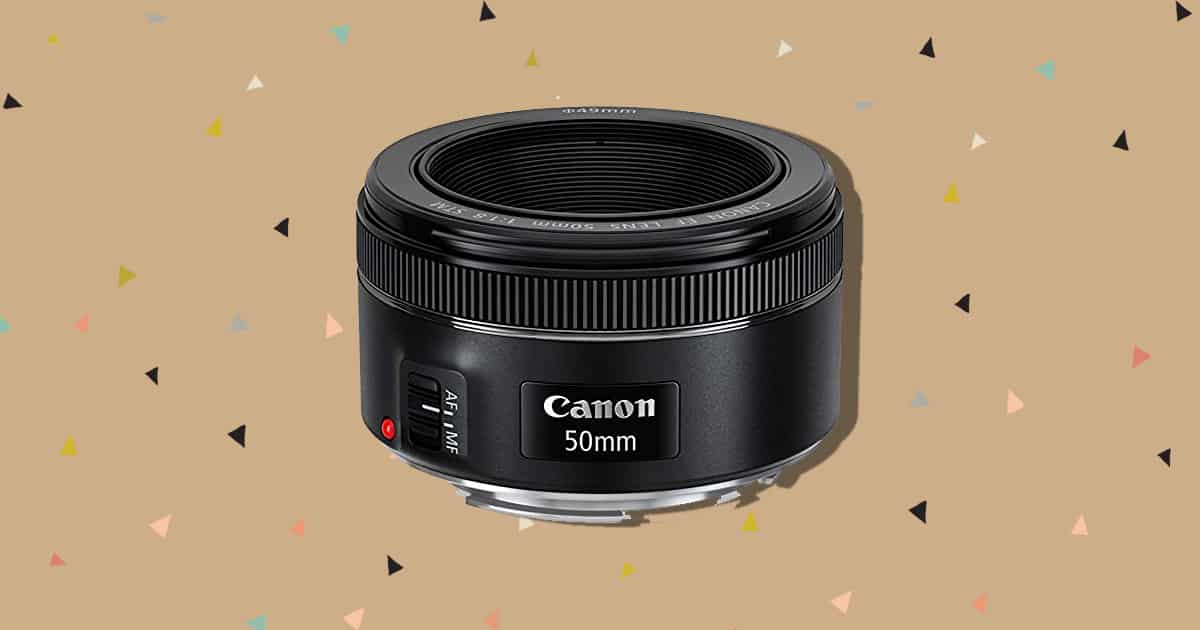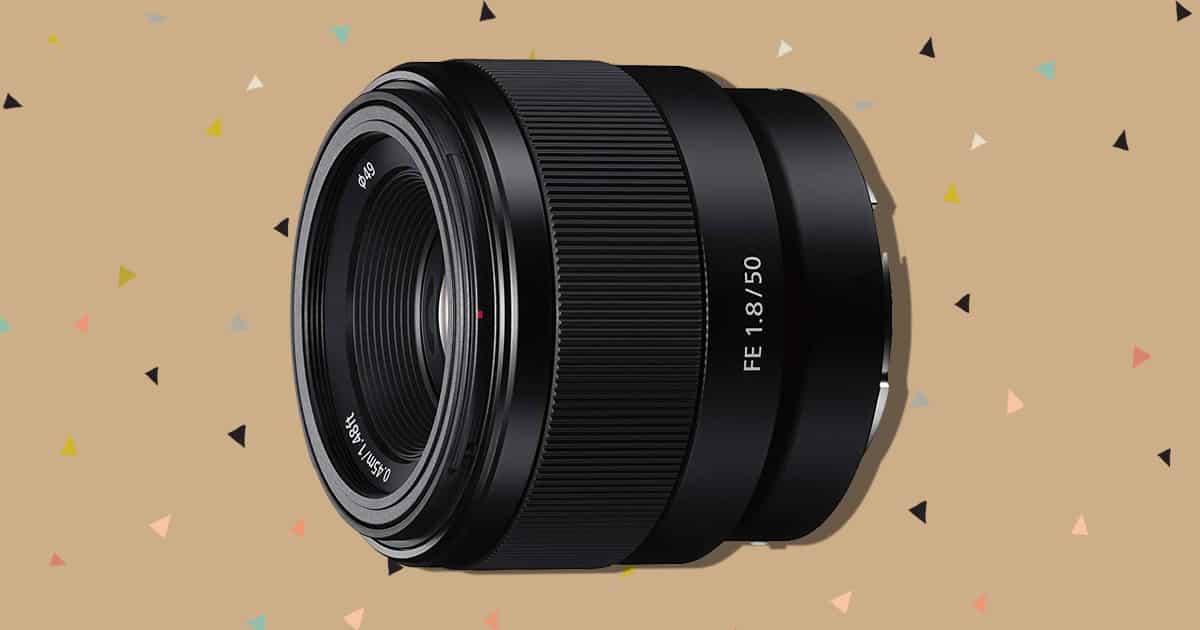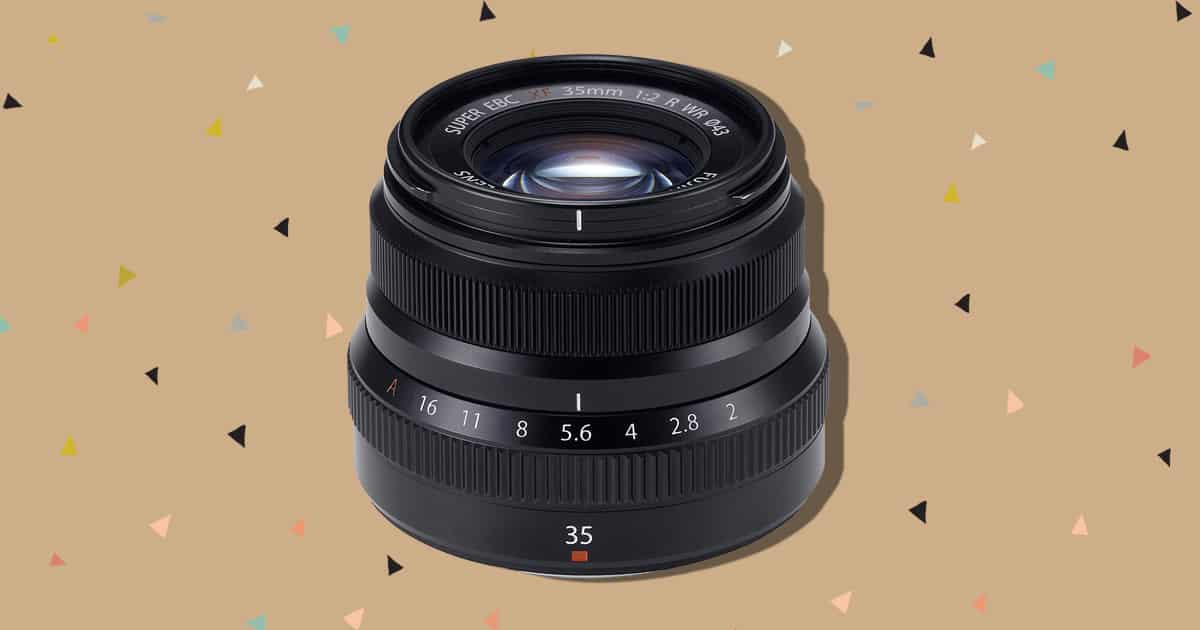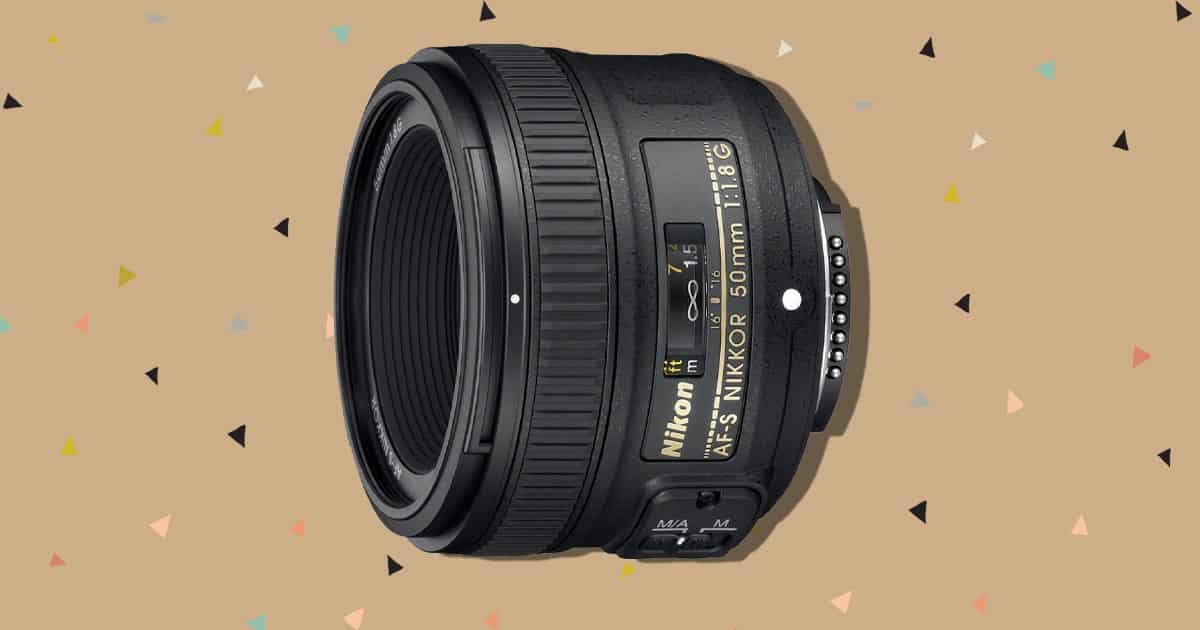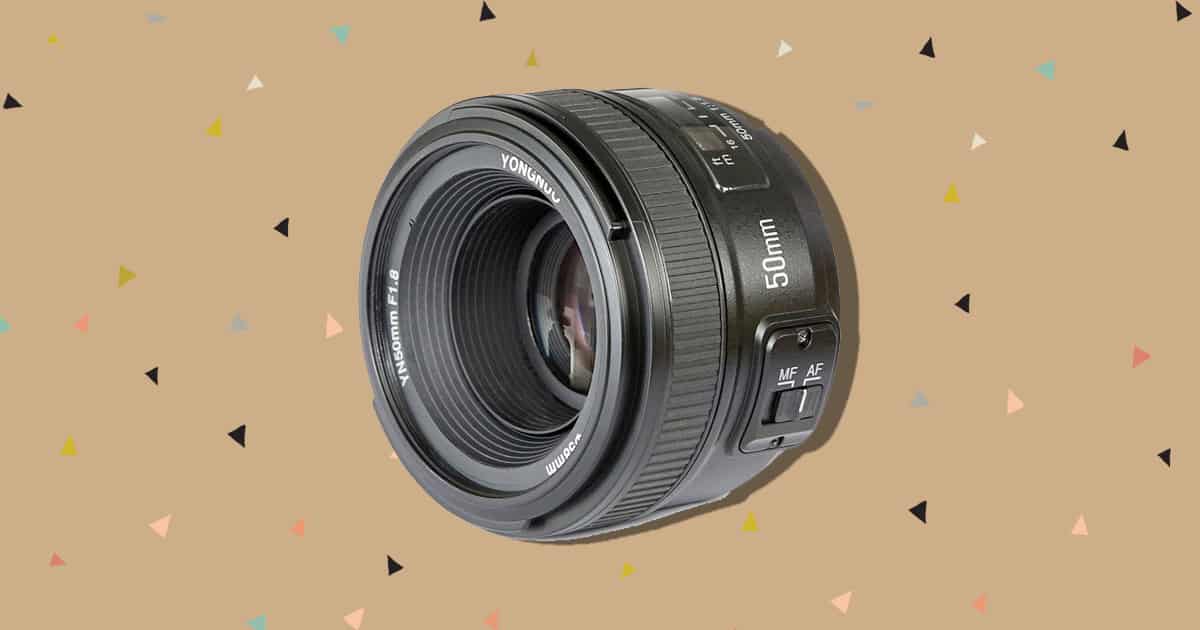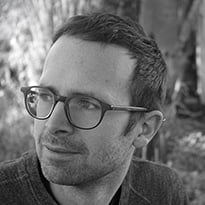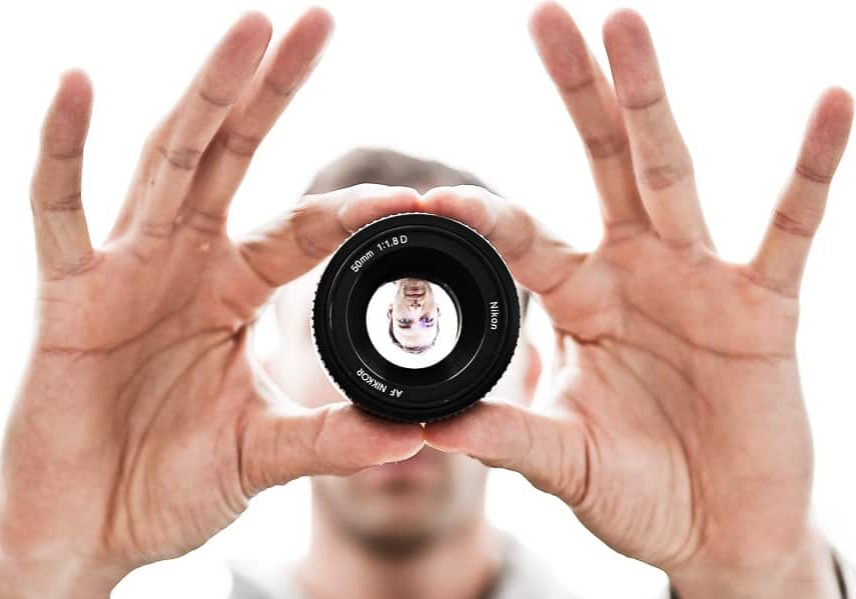
9 Reasons Why you Need a Nifty Fifty Lens (+ Budget 50mm Recommendations)
Everything you need to know about the nifty fifty lens for photography, and why it should be in your camera bag. Includes Best 50mm lens options.
Looking back, it seems ridiculous to me that I spent so many years with just a couple of zoom lenses and no prime lenses in my camera bag.
That changed completely when I bought the cheapest nifty fifty lens on the market, suddenly making me realise how much fun could be had with a tiny lens that features a surprisingly large maximum aperture.
Very quickly, I fell in love with the form factor and the glorious bokeh, not to mention its versatility.
If you don’t own a nifty fifty lens, there’s little reason not to add one to your camera bag, especially if you’re new to photography.
Let’s talk a bit about what they are, why they’re so useful, and also some affordable nifty fifties you should consider buying.
What is a Nifty Fifty Lens?
The nifty fifty is a 50mm prime lens with autofocus that is lightweight, built from inexpensive materials, and has a fast maximum aperture.
The 50mm focal length is often referred to as a “standard view” as its field of view is very close to what the eye sees naturally.
By a quirk of physics, it turns out that the ‘standard’ 50mm view is very easy to make when it comes to camera equipment, meaning that it’s possible for manufacturers to create a 50mm lens that’s small, light, and comparatively sharp – even when it’s built with a large maximum aperture.
The kit lens supplied to those buying their first camera will typically be a cheap zoom lens with a maximum aperture of f/3.5, closing to f/6.3 when you zoom in.
By contrast, the nifty fifty lens usually has an aperture of f/1.8, letting in much more light, allowing you to freeze action in much darker conditions.
Perhaps more significant, however, is the effect that the wider aperture has in creating a shallow depth of field.
Bigger apertures allow you to keep your subject in focus while blurring the background. This allows you to isolate your subject, and create that cinematic shallow depth of field look, which is especially pleasing when shooting portraits.
If you’re feeling restricted by your kit lenses and want to escape your camera’s Program mode, you can embark on an exciting, bokeh-laden photography journey of discovery, by snagging yourself a surprisingly affordable 50mm f/1.8 lens and learning how to use Aperture Priority mode.
For those looking to learn about aperture and how it affects image-making and develop their knowledge of photography, the nifty fifty is the obvious step up from the kit lens.
It’s also incredibly affordable, making it accessible for those on a budget, or as an excellent gift for photographers, if you happen to know someone who wants to improve their photography game.
Remember: The crop factor for those shooting on APS-C cameras (as opposed to full frame) means that a 50mm lens will end up being the equivalent of 75-80mm, depending on your particular sensor. This means a tighter angle of view than if you were using it on a full-frame camera, but don’t let that put you off — this is still a versatile lens.
9 Reasons Why You Need a Nifty Fifty Lens
There are many great reasons to buy a nifty fifty lens, especially if you’re pondering what to buy next once you’re bored with your kit lens.
Many of these reasons will apply to other lenses too, but the nifty fifty brings them all together into one cute and convenient bokeh-tastic bundle.
1. Size
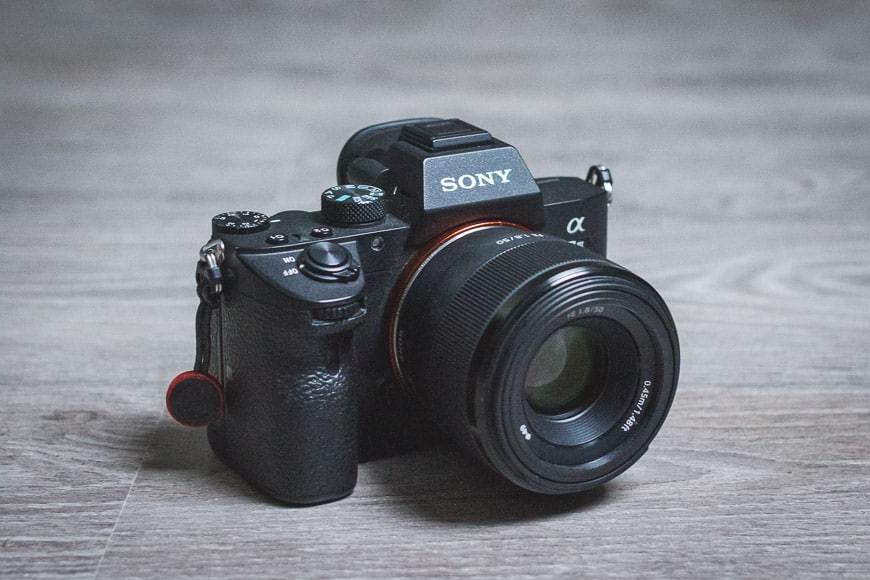
Sony a7III with Sony FE 50mm f/1.8
The niftiest part of the nifty fifty is definitely its diminutive size. Especially on bulky, full-frame cameras, being able to attach such a small lens that offers this type of performance can be refreshing.
Smaller lenses offer a number of advantages. A nifty fifty is an excellent walk-around lens, ideal for capturing candid moments, making it a favourite for street photography (guide).
When it comes to shooting people, it’s less intimidating and intrusive than a large, pretentious zoom, and can make your subject more relaxed.
It’s not unusual for people to become a bit tenser when confronted by someone wielding a massive, expensive camera featuring huge lens that’s probably compensating for something else.
With the smaller nifty, it will feel less like you’re invading their space and avoid any paranoia that you’re capturing what’s stuck between their teeth in ridiculous detail.
2. Weight

YongNuo YN 50mm f/1.8
If the best camera is the one that’s in your hand, the best lens is the one that’s always in your bag. You might not plan to use it on a particular outing or intend to use it for a specific job, but the nifty fifty prime lens is so insignificant in terms of weight, it would be daft to leave it at home.
As a minimalist who spends a large part of the year travelling as light as possible, my nifty-fifty is the perfect companion, and many small portrait photography jobs are completed with just my wide-angle zoom and one of my nifty fifties.
Budget airlines aren’t very sympathetic when it comes to baggage restrictions, and every ounce I can shed is valuable.
As a walk-around lens, this low weight is ideal. With such a small piece of glass, suddenly your chunky DSLR will feel almost like a compact camera, making you more likely to carry it with you on random outings and adventures.
3. The Price
For the image quality and maximum aperture, no other lens gives you so much value for money. Of course, it’s possible to spend four times as much money for the exact same focal length and aperture on a lens that will have faster autofocus and sharper images, but do you need it?
For my purposes — friends climbing in the forest, look-books for small clothing brands, occasional product shots for online use — absolutely not.
I’m not printing these images to appear on the side of a bus, and no one is zooming into my images to check for chromatic aberration (i.e. pink or blue fringes in areas of strong contrast).
4. Bokeh on a Budget
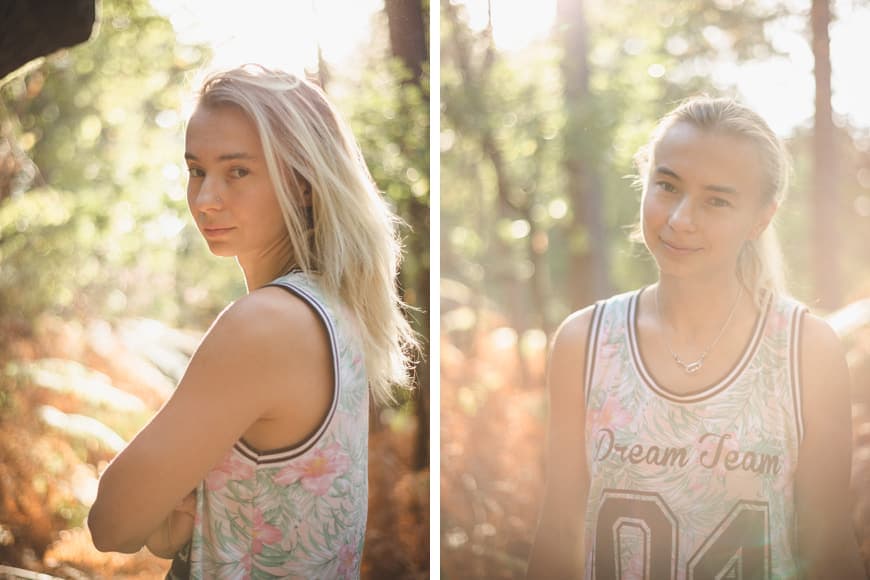
Canon 6D + Yongnuo YN 50mm f/1.8 | Left: 1/320 f/1.8 ISO 100. Right: 1/160 f/1.8 ISO 100
Whether it’s Instagram celebrities and their fairy lights, or those YouTube photography celebrities shooting beautiful people, every photographer is obsessed with one thing: creamy bokeh.
Sure, an expensive smartphone with multiple cameras can come close with its faux depth of field AI settings, but it’s not quite the same, and you’re not going to learn much from the process.
The bokeh of the 50mm f/1.8 can be as buttery as you need. You can spend more than ten times as much for a 50mm f/1.2 lens, but will your images be more than ten times as good? Probably not.
This price point makes nifty fifties perfect for novice photographers, but that doesn’t mean you won’t find them in the camera bags of professionals too.
Even if you’re not using the 50mm f/1.8 on a full frame body, you’ll still get great out of focus areas, despite the field of view incurring a magnification factor specific to the camera sensor size.
5. Flattering Portrait Length

Sony a7 III + Sony FE 50mm f/1.8 | Left: 1/250 f/1.8 ISO 800. Right: 1/250 f/1.8 ISO 640
50mm lenses are great for photographing people. The consensus is that 85mm is the most flattering when it comes to portraits, but 50mm is a nice compromise when size and weight come into play, and for half-length shots and wider, the distortions can largely be avoided if you’re careful.
Wider lenses tend to make faces narrower and noses longer, and while 85mm might often be preferable, sometimes there’s not enough space to back up, and it puts you further away from the person you’re trying to connect with.
35mm lenses are also hugely popular but can distort facial features when shot up close when compared with a 50mm. (See more about 35mm vs 50mm here.)
As mentioned before, 50mm lenses are great for street photography, since they allow you to remain at a comfortable distance from your subject, while still offering a ‘true-to-life’ field of view from the standard focal length – something that’s not possible with a telephoto lens or wide angle camera lens.
The 50mm length is such a great photography all-rounder, hence the term: nifty fifty.
See also: what is meant by field of view.
6. Autofocus

Sony a7 III + Sony FE 50mm f/1.8 | 1/640 f/1.8 ISO 100
There is a ton of very affordable, small prime lenses on the market but not all of them have autofocus.
That vintage lens with manual focus might have a faster aperture, but how many of your shots will be blurry, and how convenient will it be to fight with focus peaking while also learning how to manage your depth of field?
Every nifty 50 lens offered by the main brands offers auto-focus, which is often surprisingly fast and accurate, making it great for street photography and other genres where where subject movement is unpredictable.
7. A Jack of All Trades

Sony a7 III + Sony FE 50mm f/1.8 | Left: 1/800 f/1.8 ISO 100 Right 1/320 f/1.8 100
Being a standard view focal length means that 50mm gives a very normal view of the world, making it ideal for portraying everyday life.
It also puts it right in the middle of the range, making it neither wide nor long, and something of a jack-of-all-trades and master of none.
(Nifty fifties also have a standard filter size, enabling to use lens filters to restrict the amount of light entering your camera, for more creative potential.)
Sometimes the 50m focal length won’t feel long enough for portraits and not quite wide enough for landscapes, but it does mean that it’s wonderfully versatile, if not always perfect.
The beauty of prime lenses is that your feet have to do the zooming, and with the nifty fifty, you’ll be mobile and learning how to make a scene come together for the right composition.
If you’ve been shooting with zoom lenses all your life, do yourself a favour and have a go with a fixed focal length – it could do wonders to your photography, not to mention helping you keep fit in the process!
8. Learn How to Use Your Aperture

Canon 6D + Yongnuo YN 50mm f/1.8 | 1/1000 f/1.8 ISO 100
If you’ve been stuck on Program mode for too long and want to figure out how to stop your DSLR photos looking so similar to snaps from a cheap compact camera or smartphone, taking control of your aperture is where to start.
Whether you’re using a full frame or crop sensor camera, Aperture Priority with Auto ISO is the next obvious step to mastering your camera, and there’s no better lens to learn this with than the nifty fifty.
With 50mm, you’re tight enough that the effects of the wider aperture are felt, but without being so zoomed-in that it’s daunting to work with.
9. Shoot In Low Light

Canon 6D + Yongnuo YN 50mm f/1.8 | 1/125 f/1.8 ISO 1600
A walk-around lens is great for a photographer if it’s small and light, but it’s even better if you can use it indoors or on a night out.
With a cheap kit lens (and its small/variable aperture), once the light drops, you’re forced to crank up the ISO to unfeasible levels or ditch the camera completely.
With f/1.8, those extra stops of light give you much more flexibility when shooting in low light (guide). Suddenly shooting indoors becomes less of a problem, too.
Why are Nifty Fifty Lenses so Cheap?
Obviously, at such low prices, there has to be something that you’re missing when you opt for something so affordable for your photography adventures.
So what do you get for your money when you choose a 50mm lens that costs more than 1000% more?
50mm primes come in various flavours of aperture, with the widest typically being f/1.2, though you could argue that Nikon’s new NIKKOR Z 58mm f/0.95 S Noct is comparable — and that’s $8,000!
Faster apertures require more glass and more precision to avoid aberrations and unwanted effects, and that all quickly adds up.
The speed of the autofocus on a nifty fifty will be a little pathetic compared to its more expensive counterparts, and not always so accurate.
Similarly, the coatings on pricier primes are much more sophisticated, eliminating the colour fringes when shooting wide open, and preventing unwanted lens flare more effectively.
Best Nifty Fifty Lenses in 2024
Canon EF 50mm f/1.8 STM
Compatibility: Canon EF Mount (Full frame and APS-C)
Minimum Focus: 13.78” / 35 cm
Filter Diameter: 49 mm
Size: 2.72 x 1.54” / 69.2 x 39.2 mm
Weight: 5.6 oz / 160 g
The Canon 50mm f/1.8 STM nifty fifty lens is a stalwart sitting in the bag of many a professional photographer, and is said to be the world’s best-selling lens!
Small and light, it’s refreshingly sharp even when wide open, though corners become slightly soft and the autofocus is far from quiet.
There’s even discontinued version with a plastic mount that’s even cheaper if you can find it. You can see some sample images taken with this lens above.
[Related: See more of the best Canon lenses]
Sony FE 50mm f/1.8
Compatibility: Sony full-frame (FE) and crop sensor (E)
Minimum Focus: 1.48’ / 45 cm
Filter Diameter: 49mm
Size: 2.7 x 2.34” / 68.6 x 59.5 mm
Weight: 6.6 oz / 186 g
The Sony 50mm f/1.8 FE nifty fifty is not quite as affordable as the Nikon and Canon equivalents but there’s a small bump in build quality to compensate.
It’s sharp wide open and performs well when compared to similar lenses that are significantly more expensive.
[Related: See more of the best Sony lenses]
Fujifilm XF 35mm f/2 R WR
Compatibility: X-mount
Minimum Focus: 1.15’ / 35 cm
Filter Diameter: 43 mm
Size: 2.36 x 1.81” / 60 x 45.9 mm
Weight: 6 oz / 170 g
The popular Fujifilm 35mm f/2 is designed for Fuji’s APS-C sensor cameras, and is the closest you’ll get to a nifty fifty at 35mm, you’re getting a full-frame equivalent of 52.5mm.
It’s not as affordable as its Sony/Canon/Nikon counterparts, but the extra cash brings you a metal body coupled with weather sealing, somehow without making it heavy.
[Related: See more of the best Fuji lenses]
Nikon AF-S 50mm f/1.8G Lens
Compatibility: Nikon FX (full-frame) and DX (crop-sensor)
Minimum Focus: 1.48’ / 45 cm
Filter Diameter: 58 mm
Size: 2.84 x 2.06” / 72.1 x 52.4 mm
Weight: 6.5 oz / 185 g
Loved by amateurs and professionals alike, the Nikon 50mm f/1.8 nifty fifty lens gives remarkable sharpness given the price, with excellent autofocus and pleasing bokeh.
There’s a cheaper option (the f/1.8D) but this G version is more rugged, and has an internal focusing motor, meaning it can be used on entry-level Nikon DSLRs which don’t have built-in motors.
APS-C shooters should note that there’s a DX version also available, the Nikon 35mm f/1.8G, which gives an equivalent focus length of approximately 52mm.
[Related: See more of the best Sony lenses]
Budget Nifty Fifty Lens Options
YongNuo YN 50mm f/1.8 for Canon and Nikon Mounts
Compatibility: Nikon FX/DX and Canon EF mount
Minimum Focus: 1.48’ / 45 cm
Filter Diameter: 52 mm
Size: 2.87 x 2.17″ / 73 x 55 mm
Weight: 4.2 oz / 120 g
Yongnuo has produced an updated version of the Yongnuo YN 50mm f/1.8 lens that is completely redesigned externally, but the first, cheaper iteration is still available and looks remarkably similar to the Canon 50mm f/1.8 STM.
The bayonet on the Yongnuo nifty fifty is plastic and autofocus is slower and noisier, but at around $50 – less than half that of the Canon – it’s hard to complain.
Images can be soft and autofocus sometimes inconsistent when shooting wide open, with the motors hunting around noisily, but what do you expect?
As budget bokeh goes, this is the cheapest nifty fifty option for photographers available in 2024, and can be a lot of fun to shoot with, even on a crop sensor body. See some sample images above.
Nifty Fifties – Final Words
A nifty fifty is not the sharpest, fastest or most flexible lens, but with a little practice, it can be the best value lens you will ever buy for your photography.
The limitations of a fixed focal length and the classic 50mm field of view, provides a great learning ground for photography beginners, and a comfortable, versatile option for more experienced photographers.
And at such an affordable price, why wouldn’t you add a nifty fifty to your bag?
Leave us a comment below with any questions, and let us know your experiences with a 50mm lens.





